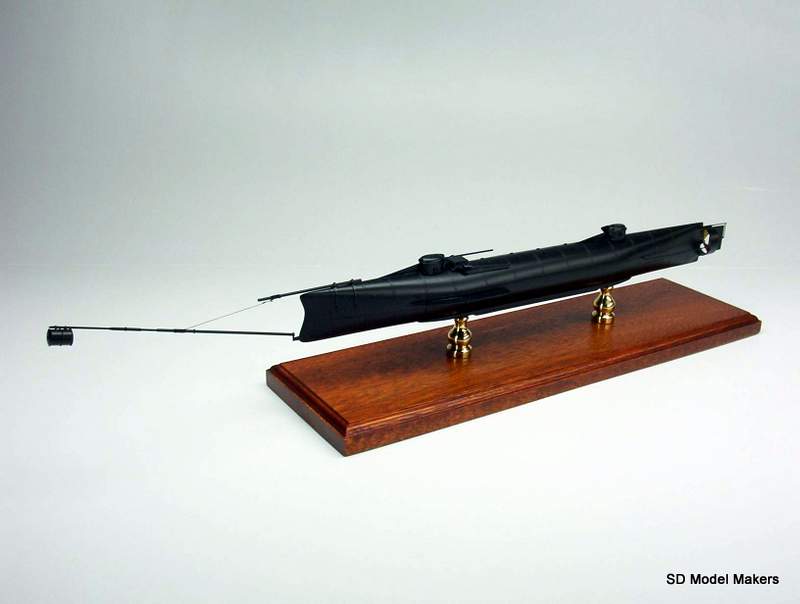


The work performed by Johnson (Johnson DL, Yelverton JT, Hicks W, Doyal R. Research into real-world attack scenarios has revealed that explosions capable of generating sufficient levels of internal pressure to cause death would also be severe enough to result in hull damage or rupture. The Additional Effects of Internal Pressures Necessary to Cause Death Do Not Appear in HUNLEY. In contrast, hearing damage is endemic to gun crews as a result of repeated exposure to overpressures.Ģ. Given the multiple occurrences of significantly more severe explosive attacks on submarines during World War II, a systematic loss of hearing among submariners would be telling. The lack of such injuries or deaths is emphasized by the lack of systematic hearing loss among crews experiencing such attacks as hearing loss occurs at far lower levels of severity than internal organ injury. In contrast, crew injury or death from elevated internal pressures resulting from underwater explosion attacks where the structure remains intact is not known among the Navy weapons effects community. CSS DAVID, which utilized a similar explosive charge to HUNLEY, attacked the USS NEW IRONSIDES with no crew injuries resulting from the explosion.

This conclusion is consistent with the events surrounding the semisubmersible torpedo boat CSS DAVID. It has been concluded that, in the case of HUNLEY, crew death from the explosion is unlikely due to the relatively low motions that are imparted to the crew as a result of the pressure pulse characteristics of black powder as compared to more modern military-grade explosives. As a result of this prior experience, the Navy’s research into HUNLEY’s crew incapacitation has been focused on using crash dummies to evaluate the influence of accelerative loading. Such injuries have also been the focus of ONR funding through the Human Injury and Treatment (HIT) program. The most common crew injuries resulting from dynamic underwater explosion shock events have been on "deck-slap" and blunt trauma (see Hirsch, "Man's response to shock motions", Report 1797, David Taylor Model Basin, 1964 for the statistics of injury during 16 separate contact charge attacks). Blunt Trauma and Accelerative Injuries Are the Documented Causes of Injury or Death Resulting from Underwater Shock Events.
Hunley submarine model full#
HunleyĬonference presentations at the Shock and Vibration Symposium, the premier conference for shock and weapons effects on ships, submarines, and other structures.Įarly efforts were featured in ONR Future Force Magazine: "How Did Hunley's Crew Die?"Īn internal Navy report providing full details of the Navy’s black powder testing report was published in 2016: Harris et al., “Characterization of the underwater explosion output of black powder,” Naval Surface Warfare Center Indian Head EOD Technical Division, Report IHTR-3505 (June, 2016)īelow are a number of technical issues that have been examined or considered in the Navy’s thorough and scientific black powder testing performed to determine if HUNLEY’s crew was killed by their own weapon.ġ.

Science Meets History: Incident Analysis of H. Peer-reviewed conference paper presented at the Society of Naval Architects and 2015 Marine Engineers (SNAME) World Maritime Conference entitled “Investigating the loss of HL HUNLEY.” Article is awaiting publication. The study’s efforts with regards to the torpedo explosion have been documented as follows: This model has been validated by a carefully conducted testing program performing full scale testing of a modern replica of HUNLEY’s torpedo. A key accomplishment has been success in performing advanced numerical simulations of the attack utilizing a validated model of the black powder explosion. The findings of this research have provided substantial insight into the sequence of events during the attack as well as HUNLEY’s operations and all aspects of its naval architecture. The effort has been funded by the Office of Naval Research (ONR) and internal NSWCCD research funds with technical collaboration of the University of Michigan, Naval Surface Warfare Center Indian Head EOD Technical Division (NSWCIHEODTD) and Aberdeen Test Center (ATC). This work, motivated by the discovery of a fixed spar torpedo, has been performed in close collaboration with the conservation team at Clemson University’s Warren Lasch Conservation Center (WLCC) as well as NHHC. In 2013, the Hull Response and Protection Branch at the Naval Surface Warfare Center Carderock Division (NSWCCD) began an analysis of the underwater explosion of HUNLEY’s torpedo on the loss of the vessel. The Navy’s involvement with HUNLEY’s recovery began with the discovery of the wreck and continues through project oversight and involvement of staff at the Naval Heritage and History Command (NHHC).


 0 kommentar(er)
0 kommentar(er)
